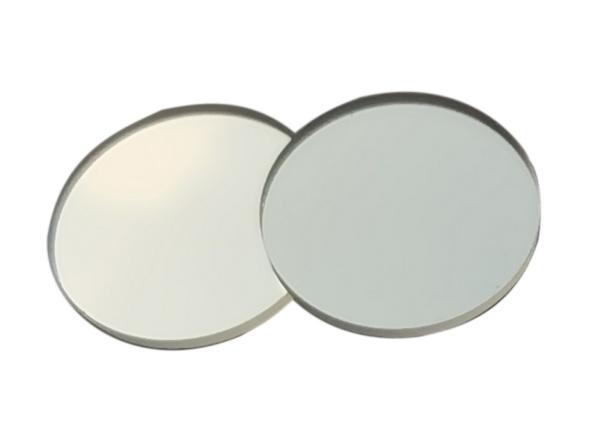1.What is a narrow band filter?
Filters are optical devices used to select the desired radiation band. Narrow band filters are a type of bandpass filter that allow light in a specific wavelength range to be transmitted with high brightness, while light in other wavelength ranges will be absorbed or reflected, thereby achieving a filtering effect.
The passband of narrow band filters is relatively narrow, generally less than 5% of the central wavelength value, and can be widely used in a variety of fields, such as astronomy, biomedicine, environmental monitoring, communications, etc.
2.The function of narrow band filters
The function of the narrow band filter is to provide wavelength selectivity for the optical system, mainly in the following aspects:
(1)Selective filtering of light
Narrow band filters can selectively filter out light in certain wavelength ranges and retain light in specific wavelength ranges. This is important for applications that require distinguishing between light sources of different wavelengths or that require light sources of specific wavelengths for experiments or observations.
(2)Reduce light noise
Narrow band filters can block light in unnecessary wavelength ranges, reduce stray light from light sources or background light interference, and improve image contrast and clarity.
The narrow band filters
(3)Spectral analysis
Narrow band filters can be used for spectral analysis. The combination of multiple narrow band filters can be used to select light of specific wavelengths and perform precise spectral analysis.
(4)Light intensity control
Narrow band filters can also be used to adjust the light intensity of a light source, controlling light intensity by selectively transmitting or blocking light of specific wavelengths.
3.The principle of narrow band filter
Narrow band filters use the interference phenomenon of light to selectively transmit or reflect light in a specific wavelength range. Its principle is based on the interference and absorption characteristics of light.
By adjusting the phase difference in the stacking structure of thin film layers, only light in the target wavelength range is selectively transmitted, and light of other wavelengths is blocked or reflected.
Specifically, narrow band filters are usually stacked by multiple layers of films, and the refractive index and thickness of each layer of film are optimized according to design requirements.
By controlling the thickness and refractive index between thin film layers, the phase difference of light can be adjusted to achieve interference effects in a specific wavelength range.
When incident light passes through a narrow band filter, most of the light will be reflected or absorbed, and only light in a specific wavelength range will be transmitted. This is because in the thin film layer stacking structure of the filter, light of a specific wavelength will produce a phase difference, and the interference phenomenon will cause the light of a specific wavelength to be enhanced, while the light of other wavelengths will undergo phase cancellation and be reflected or absorbed.
Post time: Feb-18-2024




